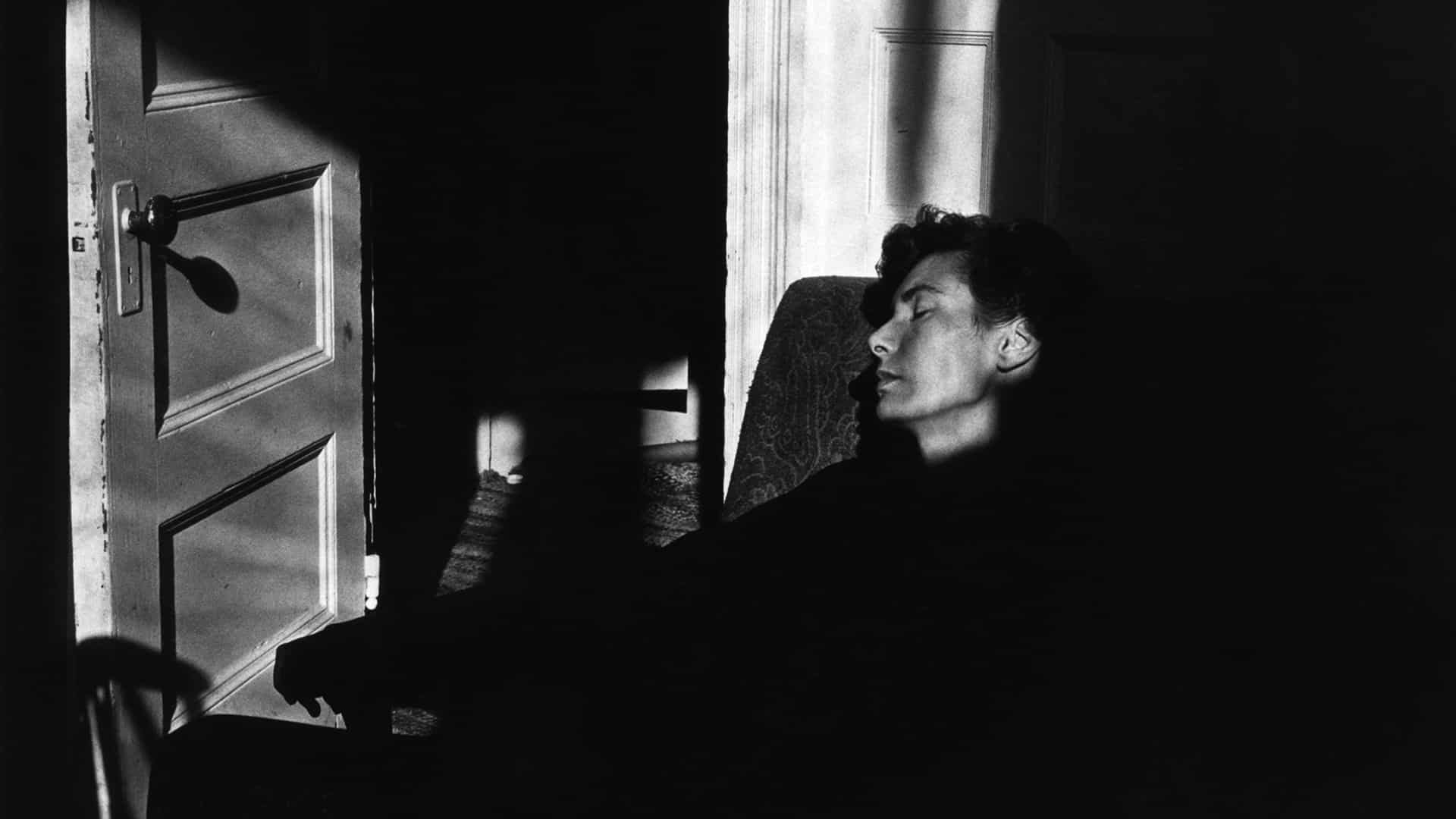
© William Gedney, courtesy of the David M. Rubenstein
Rare Book & Manuscript Library at Duke University
A year before 1967’s famed Summer of Love, American photographer William Gedney (1932-1989) set out for California on a Guggenheim Fellowship to record what he described as “aspects of our culture which I believe significant and which I hope will become, in time, part of the visual record of American history.”
Filled with optimism and hope, Gedney arrived in San Francisco ready to embed himself amid a new generation of youth coming of age that rejected the strictures of the status quo in the pursuit of happiness. He gravitated towards a group of hippies living at “The Pad,” a communal house in Haight Asbury, just a few blocks from the home of the seminal counterculture rock band Grateful Dead.

© William Gedney, courtesy of the David M. Rubenstein
Rare Book & Manuscript Library at Duke University

Between October 1966 and January 1967, Gedney made 2,100 photographs across 62 rolls of 35 mm film, chronicling the everyday lives of a group of lovers and friends as the beatnik era gave way to the hippie scene. In these images there is nothing of the Pollyanna spirit to come, no “love will save the world” ethos brimming amid the youth, but rather a forlorn, more disaffected truth.
Turn On, Tune In, Drop Out
On his final day in town, Gedney attended the legendary “Human Be-In” in Golden Gate Park, a massive countercultural gathering marked as the prelude to the Summer of Love that introduced hippie aesthetics and ideologies to the mainstream through media coverage.

© William Gedney, courtesy of the David M. Rubenstein
Rare Book & Manuscript Library at Duke University

© William Gedney, courtesy of the David M. Rubenstein
Rare Book & Manuscript Library at Duke University
Upon his return to his native New York, Gedney set to work organizing a maquette for a photography book chronicling his time in San Francisco. Although the book went unpublished, Gedney saved the maquette, transporting it as he moved around New York until his death from AIDS in 1989. Now, more than half a century since Gedney set forth, the book has finally been published as William Gedney: A Time of Youth – San Francisco, 1966-1967 (Duke University Press).
The sequence of 89 photographs Gedney presents an unvarnished look at the strangely bitter seeds of hippie life before they blossomed into “flower power.” Without the benefit of rose-colored glasses or psychedelic acid trips promulgated by Hollywood, we witness a group of radicals who made the choice to “turn on, tune in, drop out” as writer Timothy Leary would later exhort at the “Human Be-In.”
But through Gedney’s lens, their existence seemed to be more of the comedown than the high itself. “They seem to be doing happy things sadly, or maybe they’re doing sad things happily,” composer John Cage wrote on the book’s opening page, giving voice to the mixed emotions that lie within.

© William Gedney, courtesy of the David M. Rubenstein
Rare Book & Manuscript Library at Duke University

© William Gedney, courtesy of the David M. Rubenstein
Rare Book & Manuscript Library at Duke University
In 1968, legendary director of photography John Szarkowski gave Gedney a solo exhibition at the Museum of Modern Art, showing 22 images made of coal miners in Eastern Kentucky and 21 images from San Francisco, showing Gedney’s combined gifts for storytelling and questioning the dominant mythologies surrounding his subjects while refraining from adopting a polemical stance.
“These are not photographs of hillbillies and hippies, but of people living precariously under difficulty,” John Szarkwoski wrote in the wall text. “Gedney, being a good witness, does not attempt to direct our verdict concerning the quality of these lives. He does allow us to see that they are in many ways much like our own.”


By Miss Rosen
Miss Rosen is a New York-based writer focusing on art, photography, and culture. Her work has been published in books, magazines, and websites including Time, Vogue, Artsy, Aperture, Dazed, and Vice, among others.
William Gedney: A Time of Youth – San Francisco, 1966-1967
Published by Duke University Press
$45
Available here.


